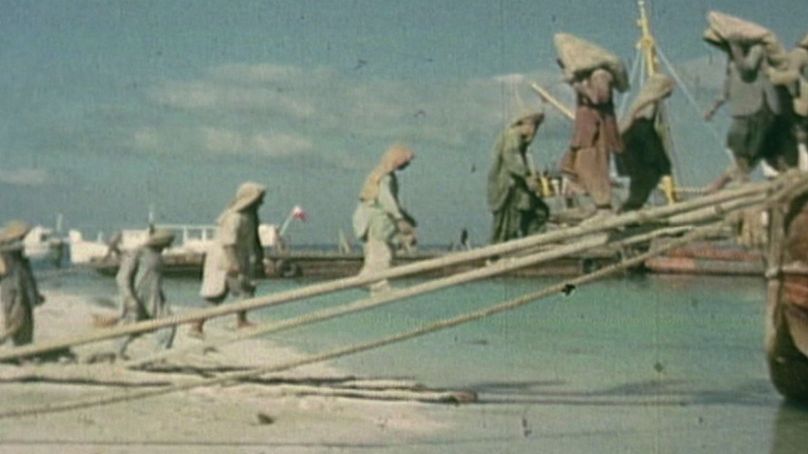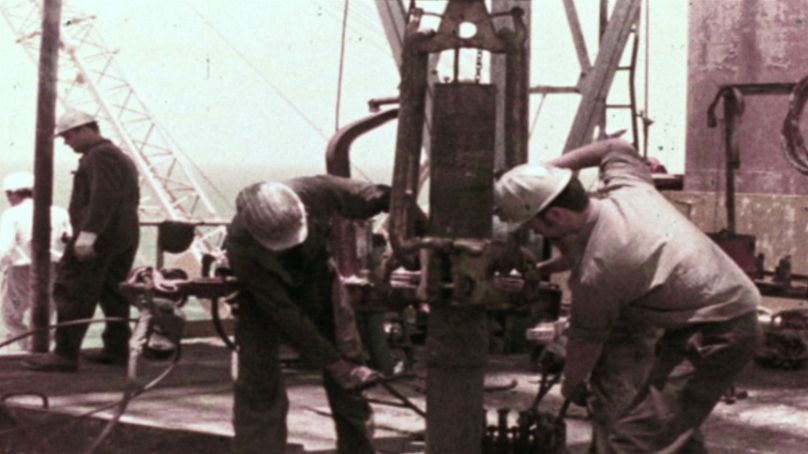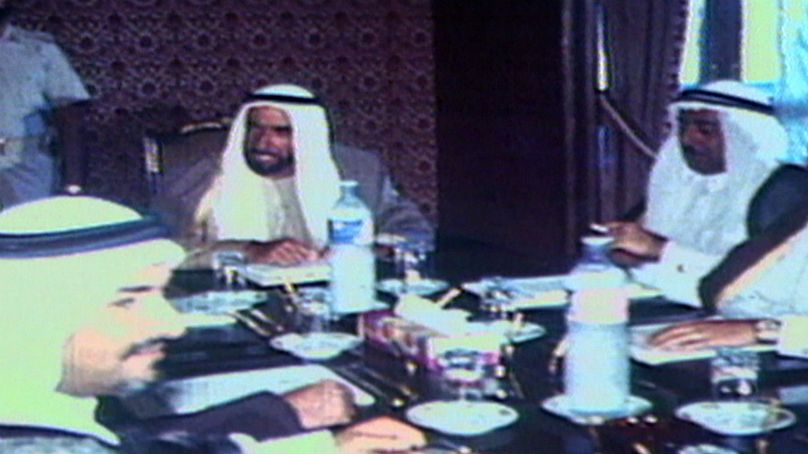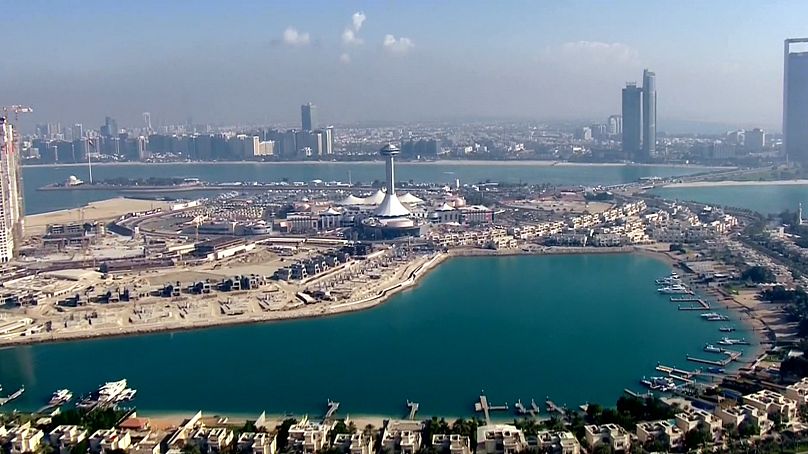It’s hard to imagine Abu Dhabi and Dubai without their signature skyscrapers, but not so long ago sand dunes stood where the cosmopolitan cities of the United Arab Emirates now do.
It’s hard to imagine Abu Dhabi and Dubai without their signature skyscrapers, but not so long ago sand dunes stood where the cosmopolitan cities of the United Arab Emirates now do.
On December 2nd, the country marked the 47th anniversary of its founding.
A series of traditional festivities and fireworks took place across the seven emirates.
In the capital of Abu Dhabi, the current rulers of the seven emirates and 22,000 expatriates, tourists and residents, took part in the official celebrations at Zayed Sports City.
As the UAE population acknowledges National Day, we look back at the key historical events that led to its establishment.
A BRITISH PROTECTORATE TERRITORY
For 151 years, the region comprised of independent Sheikhdoms, bound together as a British protectorate territory known as the Trucial States.
The region’s economy was driven by pearl diving and fishing until the discovery of oil in the 1950s off the coast of Abu Dhabi.
Petro-revenues were used to build infrastructure and improve the lives of residents, with the construction of housing, schools, hospitals and roads - as well as the development of agriculture and forestry.
In 1968, the British declared their intention to withdraw from the Gulf by the end of 1971, citing economic factors and internal political pressure.
THE NEGOTIATIONS THAT FORMED THE NATION
With this, Sheikh Zayed bin Sultan Al Nahyan - the then ruler of Abu Dhabi – seized upon the opportunity to establish closer ties with neighboring emirates.
In 1971, he partnered with late ruler of Dubai, Sheikh Rashid bin Saeed Al Maktoum, to establish the ‘Union Accord’.
Together, they called for a federation that would include, not only the seven emirates that made up the Trucial States, but also Qatar and Bahrain.
However, after many negotiations, Bahrain and Qatar exited the discussions.
In the end, six emirates entered the newly-formed union called the United Arab Emirates on December 2, 1971. The seventh emirate, Ras Al Khaimah, went on to join in 1972 to form the UAE we know today.
ENTERING THE GLOBAL STAGE
Abu Dhabi’s Sheikh Zayed – known fondly by locals as the UAE’s ‘Founding Father’ - was elected as the nation’s first president, and his driving ambition was to fortify the UAE at home, whilst establishing its standing abroad.
The new country immediately joined the Arab League and the United Nations, in addition to becoming the founding member of the Gulf Cooperation Council - its first summit being held in Abu Dhabi in 1981.
THE ROAD TO ECONOMIC POWER
In the UAE’s bid to become a successful regional and global economic power, the journey was not without its challenges – not least the global financial crisis of 2008 and the past decade’s dramatic oil price swings.
Today, the UAE still relies heavily on oil revenue, despite it having the most diversified economy in the GCC, with investment in a wide range of sectors from tourism and construction to logistics and aerospace.
The nation also continues to capitalize on its ‘business hub’ status with financial centres in the capital Abu Dhabi and Dubai seeking to provide a trading and banking focal point between East and West.
Nevertheless, the backbone of the UAE’s economy is its labour force – an international community who call the emirates home and make up the world’s sixth-largest international migrant population according to UN estimates.
CELEBRATING THE NATIONAL DAY ON SOCIAL MEDIA
The UAE’s National Day was celebrated on December 2nd.
Emirati Abdulla celebrated National Day with his nephew in Bulgaria at the peak of the Rila mountain.
And Naomi from India who’s lived in Dubai for 23 years took this snap calling the Emirates “a little piece of heaven”.















